Planning Your Endowment Communications
Are you looking to fortify your endowment communications? Or maybe take them from inception to maturity? If so, you need a plan.
When we partner with clients on endowment communications, we start with an explainer that addresses our 10 Questions for Endowment Transparency as well as an annual endowment report that summarizes its performance and spending over the previous year.
But this won’t be enough for many donors—and non-donors—who remain skeptical about endowments and need longer-term exposure to their benefits.
This is where an endowment communications plan comes in. While its shape and form will differ depending on an organization’s activities, audiences, and communications structures, it should always illustrate how an endowment plays an integral role in your organization’s operations and outcomes.
There are endless possibilities for what might be in an endowment communications plan, but below are a few ideas to kickstart your thinking about what you might include in yours, with varied strategies for both major donors and general audiences.
Identify All Endowed Fund Recipients
Every single time you profile someone who received restricted endowed funding, such as a scholarship, research fund, professorship, or prize, call it out.
When I previously worked in-house in a donor relations role, I would sit down with the alumni magazine every time it was published and look up every single alum who was profiled to see if they had received a scholarship. If they had, I’d pass this information along to the gift officer managing the relationship with donors stewarded on those funds to reach out as an added touchpoint.
Efforts like this may be good donor relations, but if you don’t proudly share information about who benefited from endowed funds with your entire community, you are likely to face continued confusion about the endowment’s value.
Placing a spotlight on endowment activities may bristle against a number of predispositions at your organization, such as privacy for funding recipients, ideas about propriety and speaking about money, and even how a designer thinks words should fit on a page. But making this invisible work visible not only transforms how your readers understand the way an endowment operates, it also makes them see that your institution itself values what the endowment achieves.
Run Fund Retrospectives
We often see news stories featuring alums who are 10, 15, or 20 years out from graduation and all the work they’re doing. That’s great, but it’s also worth flipping the script to report on all the people who benefited from any especially long-lived endowed funds over the years.
How many authors has a venerable writer-in-residence fund brought to your campus? How many projects has that ancient research fund supported? And, obviously, how many students have benefited from the 200-year-old scholarship fund? Of course, lift up luminaries and celebrate the standouts associated with funds, but sheer volume is important here.
Report on Unrestricted Impact
When you have clarity about how your organization spent its unrestricted endowed funds, we recommend that you create a periodic communication (we suggest twice annually at a minimum) that compiles recent news stories about initiatives that used unrestricted endowed funds. Critically, however, you must reframe those stories to emphasize the role philanthropy played in making the work possible.
Disseminating communications like this can help donors to unrestricted endowed funds understand the impact that they’re making every day through their giving. And, it can demonstrate to your general reader the breadth of work that your endowment actually does day in and day out. This is a low-lift, high-reward strategy to repurpose existing content, and it’s a beneficial way for your readers and donors to see your organization’s efforts in a new light.
Amplify Donor Voices
Many times, donors want to hear from people like them to understand why it’s worth giving to an endowed fund rather than making a gift that will be put to use immediately. Make space for donor voices who share why they chose to make an endowed gift. Stories like these can also be platforms to demystify planned giving vehicles like a charitable remainder trust, or to illustrate the kind of thinking that goes into estate planning.
